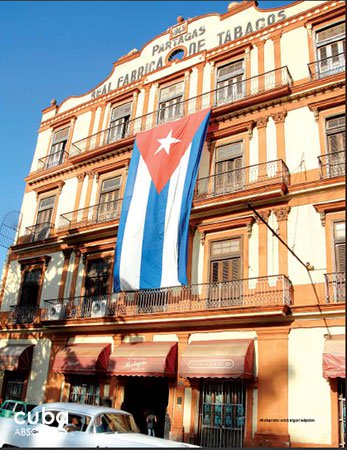Built in 1886, the Calixto López y Compañía tobacco factory and warehouse takes up the whole block between Zulueta, Economía, Gloria and Misión streets. It has the typical ground floor, mezzanine and principal floor, and the large surrounding portal adorned with arcades supported by Doric pilasters, while the mezzanine has columns of the Ionic order and the top or main floor, of the Corinthian order. The latter served as home to the Calixto López family, which was delimited, among other things, by the marble floor of the residential wing, while other areas of the building used hydraulic floor tiles for the first time in Cuba.
The mezzanine is of the Ionic order and the top or main floor of the Corinthian order. The top floor, which served as home to the Calixto López family, featured a marble floor, unlike other areas of the building, which used hydraulic floor tiles for the first time in Cuba.
(closed)







 Art Nouveau
Art Nouveau







